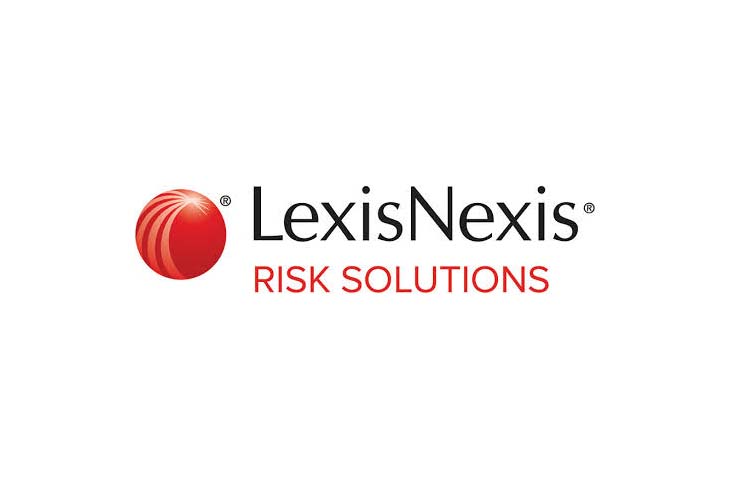ATLANTA (July 31, 2018) – Today, LexisNexis® Risk Solutions released its comprehensive 2018 True Cost of Fraud℠ report, for the retail sector. Findings show fraud is escalating at an unprecedented pace in an industry already operating on very thin margins.
The LexisNexis Fraud Multiplier℠, which measures the cost for each dollar of fraud loss, found that this year, every dollar of fraud cost merchants $2.94, up from $2.77 a year ago, a 6 percent increase. The report also found the volume of successful and thwarted fraudulent attempts rising steeply at the companies surveyed—from a monthly average of 238 to 306 successful fraudulent transactions, year-on-year, and from 257 to 313 prevented fraudulent transactions.
Mobile commerce continues to be the sector most susceptible to fraud, particularly with identity fraud. Mid- to large-size mobile commerce merchants that sell digital goods see 39 percent of the fraud losses from identity theft, including synthetic identities. Though these merchants appear to have shown signs of investing in fraud prevention solutions in the past year, many still struggle with identity fraud. This is likely due to the types of solutions that these merchants are implementing.
“The hotly competitive retail landscape means merchants must meet customer expectations for convenience and continually drive business growth,” said Kimberly Sutherland, senior director, fraud and identity management strategy, LexisNexis Risk Solutions. “However, these key drivers also have increased risk for identity-related fraud, especially with the rise of synthetic identities and the volume of botnet orders. Therefore, it’s crucial for retailers to not just invest in a large number of fraud prevention solutions, but the right combination and layering of the solutions to defend against different threats. Retailers are beginning to demand solutions that combine physical identity data with digital identity data so that they have 360 degree view to know if the person they are doing business with really is that person.”
Other findings of the report include:
- Digital goods merchants who layer core, identity and fraud transaction solutions have lower fraud costs ($2.88 for every $1 of fraud) than those that use only a limited set of core solutions (up to $3.61 per $1 of fraud).
- The LexisNexis Fraud Multiplier℠ has risen most sharply, year-on-year, among those selling digital goods through the mobile channel. For every $1 of fraud, mid- to large-mobile commerce merchants selling digital goods are hit with an average cost of $3.29, as opposed to their physical goods-only counterparts at $2.78.
“Retailers are more likely to be tracking where they’ve successfully thwarted fraud rather than also tracking where they’ve been able to prevent it from occurring. This approach lessens the overall effectiveness of preventing fraud, given that fraudsters are adept at testing for areas that are less of a focus by merchants, and change their attack points accordingly,” added Sutherland.
2018 LexisNexis® True Cost of Fraud℠ Study Methodology
This is the ninth annual comprehensive research study on U.S. merchant fraud. The methodology of this study targeted U.S. retailers with a comprehensive survey of 703 risk and fraud executives conducted during March 2018. Respondents represented all channels, company sizes, industry segments, and payment methods. The overall margin of sampling error is +/- 3.1% at the 95 percent confidence level. Data reflects the U.S. Merchant population based on weighting to U.S. Economic Census.
About LexisNexis® Risk Solutions
LexisNexis Risk Solutions harnesses the power of data and advanced analytics to provide insights that help businesses and governmental entities reduce risk and improve decisions to benefit people around the globe. We provide data and technology solutions for a wide range of industries including insurance, financial services, healthcare and government. Headquartered in metro Atlanta, Georgia, we have offices throughout the world and are part of RELX Group (LSE: REL/NYSE: RELX), a global provider of information and analytics for professional and business customers across industries. RELX is a FTSE 100 company and is based in London. For more information, please visit https://risk.lexisnexis.com/, and https://www.relx.com/.
